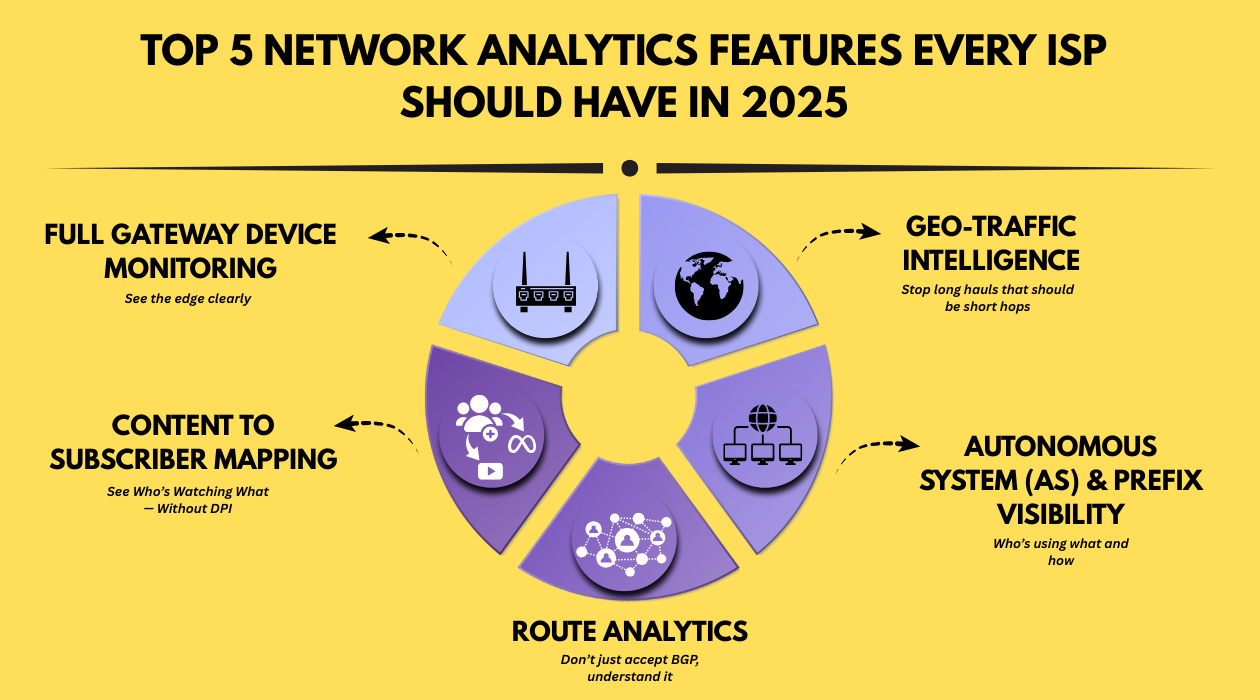Internet Service Providers are under immense pressure: exponential traffic growth, customer expectations of zero downtime, and the rise of encrypted traffic and multi cloud environments. In 2025, the role of an ISP goes far beyond moving packets. It’s about delivering fast, intelligent, and cost-efficient internet. For that actionable network intelligence is no longer a luxury- its mission critical.
Full Gateway Device Monitoring: See the Edge Clearly
Every byte that enters and exits the ISP network passes through the gateway such as routers, interfaces, and sub-interfaces. These aren’t just passive transit points; they are active control zones. Real-time and historical flow visibility at the sub-interface level is essential for detecting congestion, misbehaving peers, or policy enforcement gaps that something SNMP counters alone cannot surface.
Some platforms, like Trisul, approach this with per-interface and sub-interface flow metering that operates at second-level granularity, allowing operators to pinpoint edge-layer bottlenecks long before users are impacted. This kind of visibility is foundational, especially for providers with dense peering or segmented access layers.
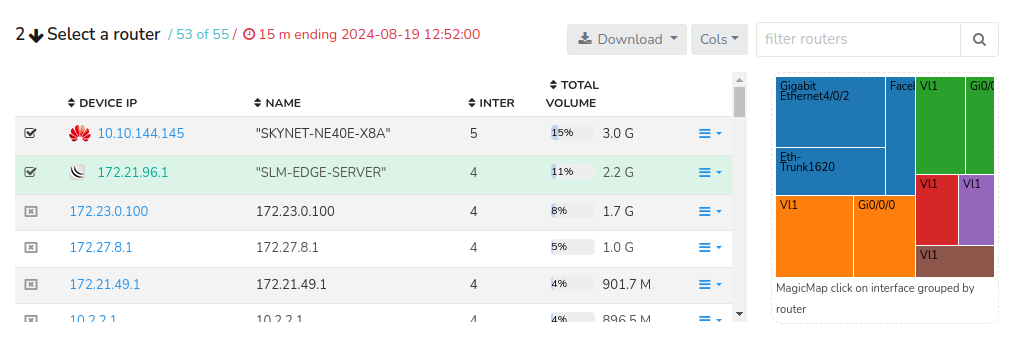
Why it matters: Whether it’s link saturation, misbehaving peer interfaces, or policy violations, you see it as it happens not hours later. Think of it as a live ECG for your network’s most critical arteries.
Autonomous System (AS) and Prefix Visibility: Who’s Using What and How
Operational clarity depends heavily on knowing which Autonomous Systems are sourcing and sinking your traffic. AS-level metrics help identify top contributors or problem peers, while prefix-level data adds the resolution required to trace back to individual routes, customer blocks, or CDN segments.
This is especially powerful when flow telemetry is natively enriched with BGP attributes at ingest time as done in Trisul enabling direct prefix-to-AS correlation without needing to stitch together multiple external sources. The result is a clean, queryable map of who your traffic is interacting with, and how that aligns with policy or cost goals.
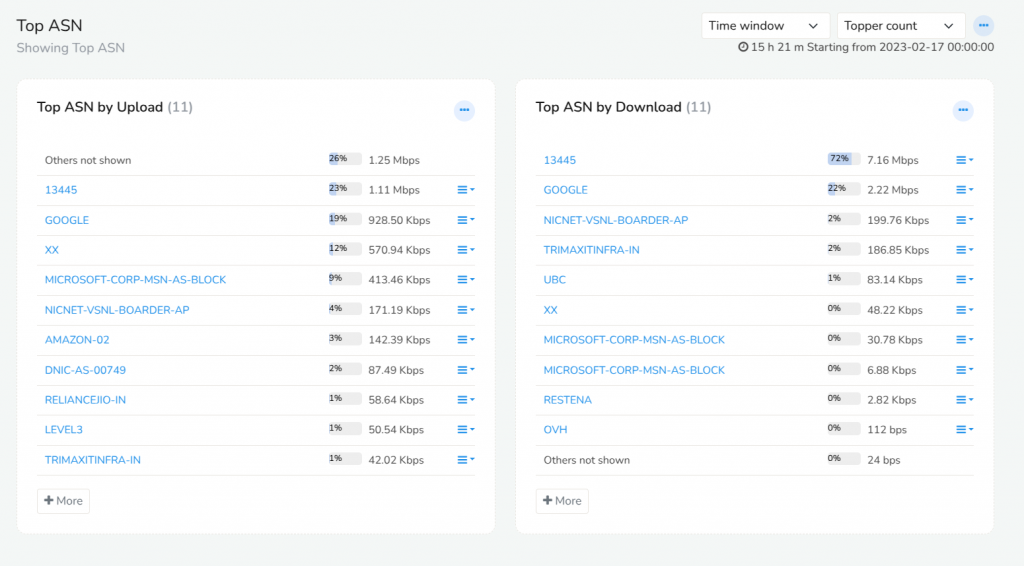
Why it matters: Helps you tune BGP policies, optimize transit costs, and answer the all-important question: Where is your bandwidth really going?
Geo-Traffic Intelligence: Stop Long Hauls That Should be Short Hops
Internet traffic is global, but its routing should be efficient. Modern ISPs need to understand not just how much traffic is flowing but where it’s going geographically, and whether the paths used are optimal.
A geo-traffic-aware system maps destinations by continent, country, or region and ties this data to the exit gateway. This makes it possible to spot when traffic meant for Asia is detouring through Europe or when CDN locality isn’t working as intended.
If a customer in Mumbai is accessing singapore based content but the traffic is hair-pinning via Europe, thats a problem- one that you ll detect immediately.
Flow analytics systems that embed geo-IP resolution directly into the metering pipeline as implemented in solutions like Trisul for multi-region ISPs enable real-time detection of path asymmetry and inefficient long-hauls, without relying on traceroute-based audits.

Why it matters: ISPs that can’t monitor geo-routing inefficiencies risk poor customer experiences and wasted transit spend. Geo-awareness lets you correct route misalignments and validate CDN and peering strategies.
Route Analytics: Don’t Just Accept BGP, Understand It
ISPs rely on BGP not just for connectivity but for cost and policy control. Yet in many setups, when traffic patterns shift, there’s no easy way to tie that back to a change in route selection. Visibility into which BGP paths were selected, what influenced them (AS path, local-pref, etc.), and how those decisions impacted traffic volume is critical.
Systems like Trisul embed live BGP attributes such as best path, next hop, and local preference into each flow record, creating a direct link between observed traffic and routing state at the time. This eliminates the guesswork when operators need to explain traffic movement across peers or sudden spikes on specific prefixes.
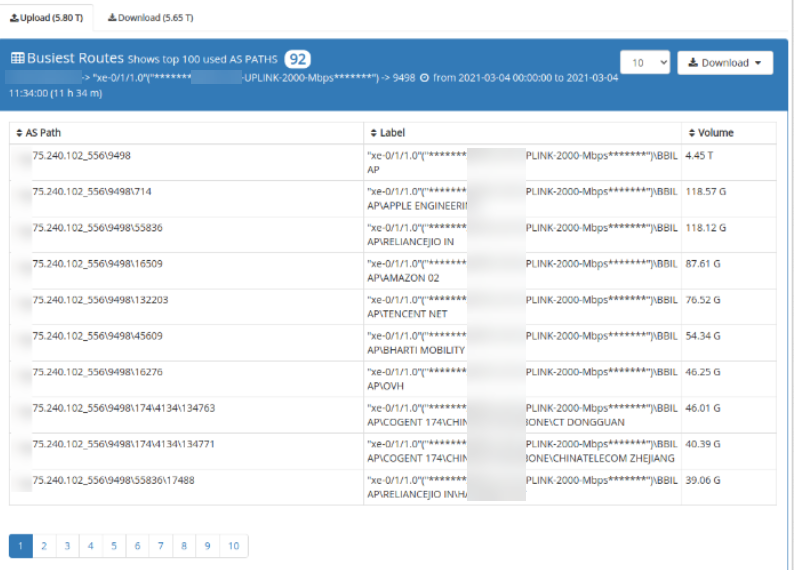
Why it matters: BGP decisions often drive cost and performance. When something changes whether a peer disappears or a path shifts, operators must be able to explain and correct it with confidence.
Content to Subscriber Mapping
ISPs are seeing the bulk of their downstream usage coming from a handful of platforms like YouTube, Netflix, Meta, and others. Yet correlating those content sources with specific subscriber segments often requires DPI or complex subscriber logging.
By contrast, platforms like Trisul tie subscriber identifiers (via DHCP, PPPoE, RADIUS, or CGNAT logs) to flow records at capture time, allowing operators to map prefix-level content flows directly to subscriber groups. This makes it possible to understand who is driving content demand, and how those patterns shift over time without needing deep packet inspection.
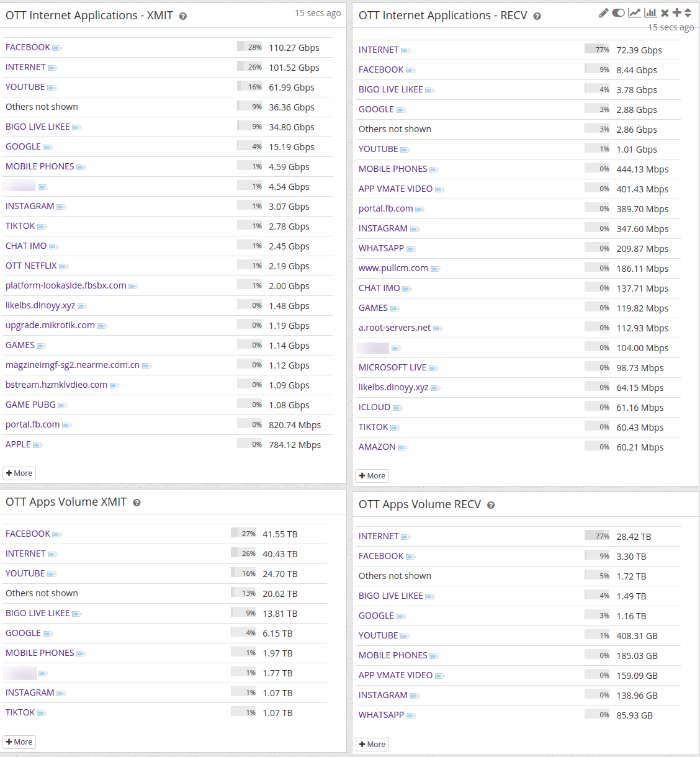
Why it matters: This helps ISPs with network planning (Caching, CDN partnerships), informs peering strategy, and even supports differentiated services. Visibility into content consumption patterns is a baseline requirement, not just for operations but for long term commercial sustainability.
Bonus: Flexible, Multi-Dimensional Drilldowns
Network problems don’t live in a single dimension. A traffic surge may start at an interface, but the cause could be a sudden prefix announcement, a peering shift, or even a specific subscriber group accessing new content. Platforms need to support seamless pivoting including interface to AS, AS to prefix, prefix to subscriber without being locked into static dashboards.
Some architectures, like Trisul’s, are designed around a multi-key metering model that allows real-time drilldowns across all traffic dimensions. Operators can move fluidly between views, e.g., from a congested interface to the top content prefixes responsible without reprocessing archived data or pre-aggregating metrics.
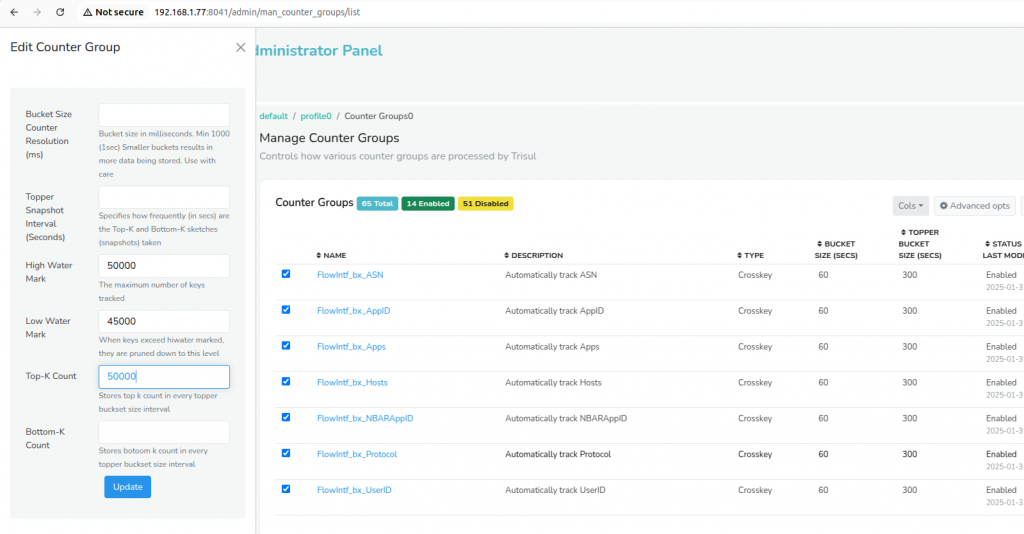
Why it matters: A congestion issue might originate at an interface but the root cause could lie in a route shift or content surge. The ability to explore without artificial constraints accelerates troubleshooting and improves operational agility.
In Closing
The demands on ISP networks have evolved beyond raw throughput monitoring to full-spectrum intelligence that ties together routes, prefixes, content, and users. Architectures exemplified by Trisul represent the future of network analytics where granular, multi-dimensional data is accessible in real-time and at scale, empowering informed decisions and proactive management.
